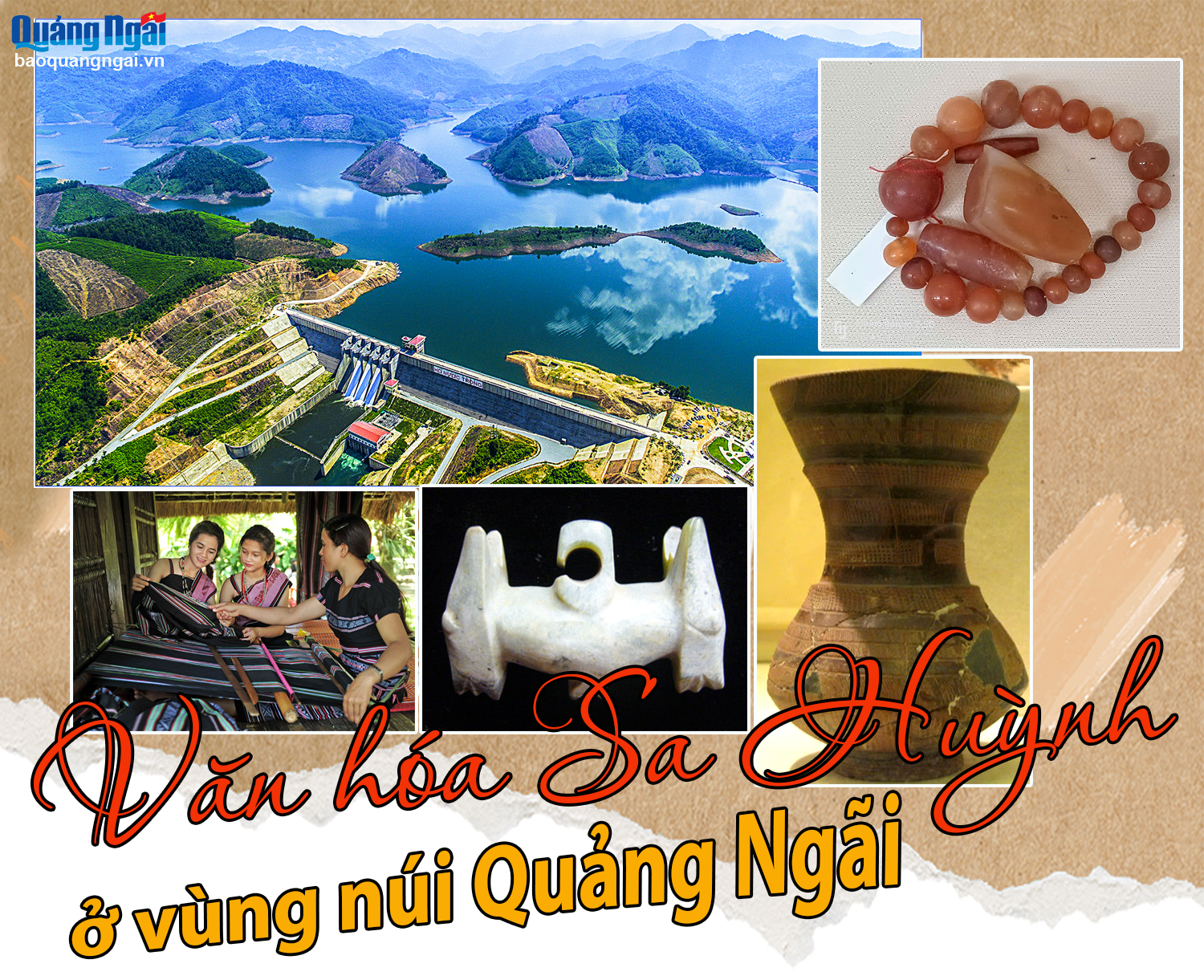 |
( Quang Ngai Newspaper) - Not only leaving a strong mark on the sea, Sa Huynh culture is also present in the life and aesthetic thinking of ethnic minorities in the highlands of Quang Ngai.
No one could have imagined that the valley surrounded by large mountain ranges on both sides of the Tang River would open up to the outside by the only way to trade with the plains, which is through the canyon that is now the main dam of the Nuoc Trong reservoir (in Son Ha district). The Sa Huynh culture residents lived here for about 1,000 years (dating back to about 3,000 years ago, lasting until the first century AD). The excavation of 4,000 square meters in the Tang River valley in the Nuoc Trong reservoir discovered the extremely unique Sa Huynh culture of the mountainous region.
 |
| Nuoc Trong Lake, in Son Bao commune (Son Tay). Photo: DOAN VUONG QUOC |
The Sa Huynh culture residents adapted to the mountain valley ecosystem with an economy of exploiting forest products, hunting wild animals, and gathering; and exploiting aquatic products from rivers and streams. Especially with the river route, the ancient Sa Huynh people transferred the harvested products downstream to exchange for salt, household items, and jewelry. The Sa Huynh culture in the mountainous region played the role of a transit bridge between the plains and the Central Highlands via rivers and forest roads.
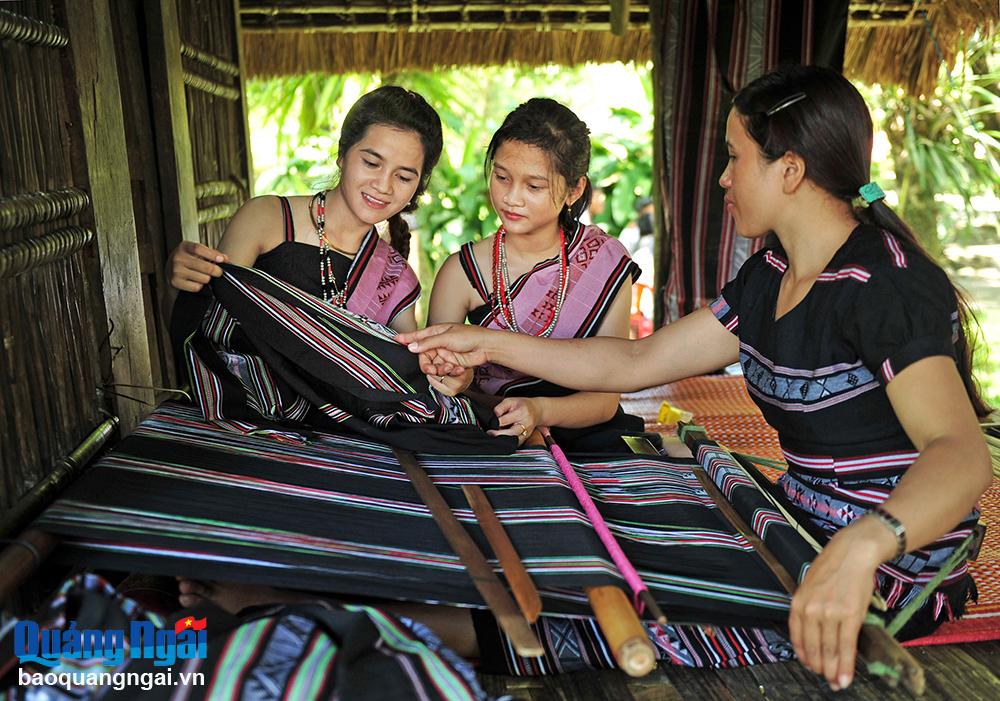 |
| Hre women weaving brocade. Photo: MINH THE |
The mountainous region of Quang Ngai is the residential area of the Hre, Cor, Ca Dong ethnic groups, and is also the distribution area of the ancient Sa Huynh cultural residents. The imprint of Sa Huynh culture is present in the life and aesthetic thinking of ethnic minorities. The tomb of the Hre people has two animal horns at both ends, which are woven with thatch, very similar to the two-headed animal earrings of the Sa Huynh cultural residents. The stilt house of the Hre people is the same, at the two gable roofs there are two crossed bamboo bars called house horns. In the tombs of the Sa Huynh people, there are countless agates buried with the dead, this is a precious jewelry of the ancients, a typical artifact of the Sa Huynh culture. Hre women are very fond of jewelry, which is a necklace made from agate beads. For the Hre people, agate is the most precious jewelry among all jewelry. According to the concept of the Hre people, agate is a symbol of wealth and prosperity. Agate is considered a sacred object that helps ward off evil spirits and diseases, and is also used for beauty. For the Cor people, colorful glass bead jewelry is the most precious, woven into a belt worn around the waist of girls. In the past, agate was exchanged for buffalo, and people with a lot of agate were considered rich.
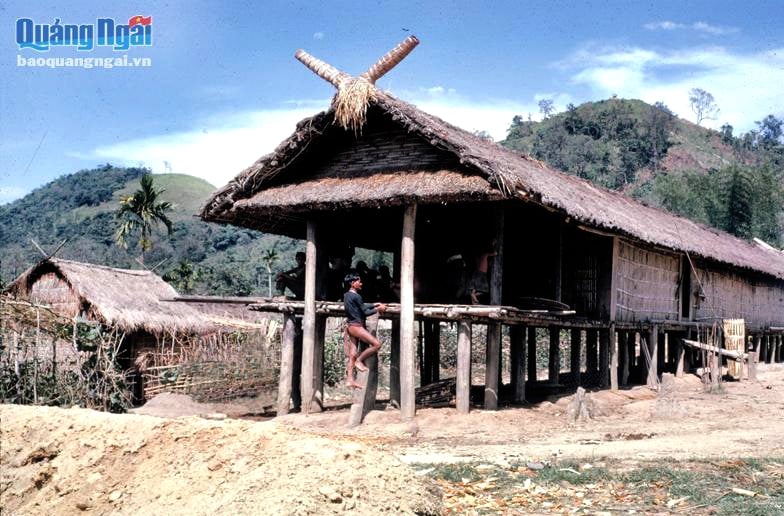 |
| Residential architecture of the Hre people in the 20th century. Photo: DOCUMENT |
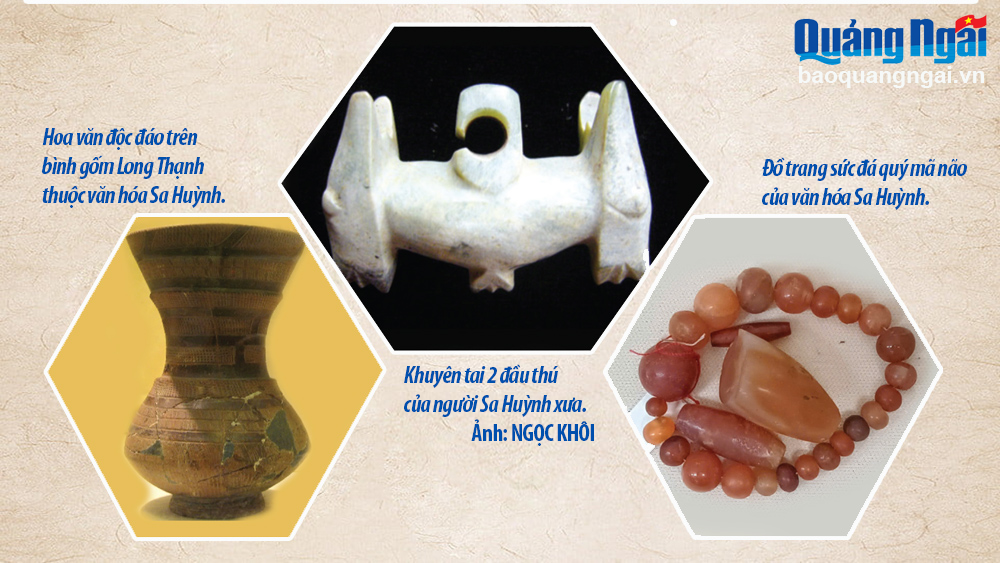 |
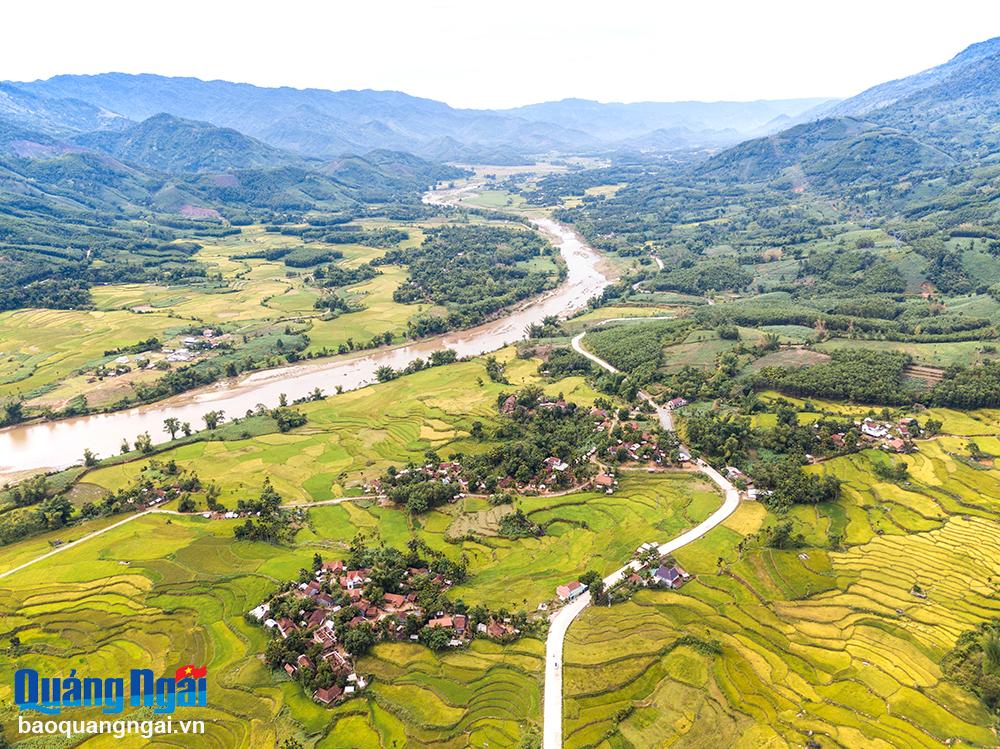 |
| A glimpse of Son Ba. Photo: TRUONG LINH |
The patterns on the costumes of the Hre people, the patterns on the poles of the Cor and Ca Dong people bear the strong imprint of Sa Huynh culture, which are triangle patterns, dots, comb teeth, geometric patterns... These patterns are often shown on Sa Huynh culture pottery. For Sa Huynh culture pottery, ritual pottery always has two colors: Red is painted to cover the entire body of the pottery, black is painted with lead to form strips at the mouth, broken shoulders, and the base of the pottery. The two colors of red and lead paint coexist in parallel, creating a graceful beauty on Sa Huynh pottery and highlighting the patterns on the pottery. Reflecting on the decorative art on Sa Huynh pottery, reflecting on the pattern art on Hre brocade, it shows that there is inheritance. The aesthetic imprint of Sa Huynh still remains in the colors and decorative patterns of Hre brocade. Notably, on the background of Hre brocade fabric, there are two main decorative strips: black strips and patterned strips. The Hre people believe that black ribbons symbolize the color of water and earth, red is the color of the spirit world ; ribbons with stylized designs of plants, flowers, and animals in human life symbolize the human world. Ribbons with diverse patterns, non-repetitive, highly stylized, express the profound aesthetic thinking of the ethnic community.
 |
| Ma Vuong Mound and Sa Huynh cultural artifacts. Photo: TH.PHUONG |
The Sa Huynh cultural imprint still remains in ethnic minorities living in the mountainous region of Quang Ngai, a unique feature that needs to be researched, preserved, and promoted for sustainable community tourism.
DR. DOAN NGOC KHOI
Presented by: VO VAN
RELATED NEWS:
Source: https://baoquangngai.vn/media/emagazine/202501/sa-huynh-culture-o-vung-nui-quang-ngai-c9d464a/









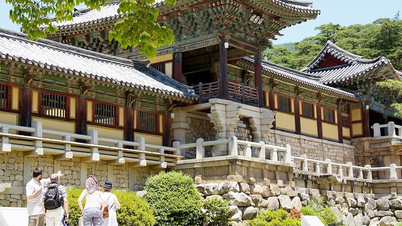

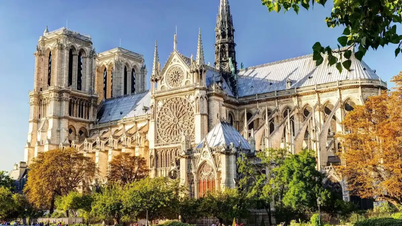
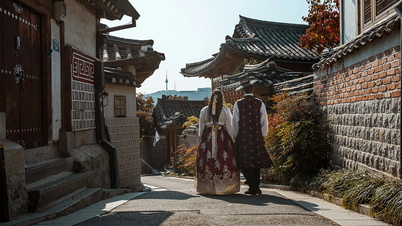
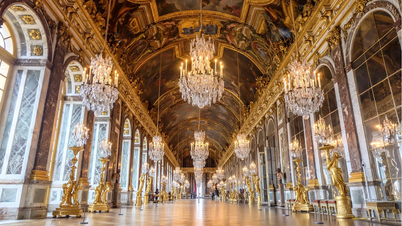

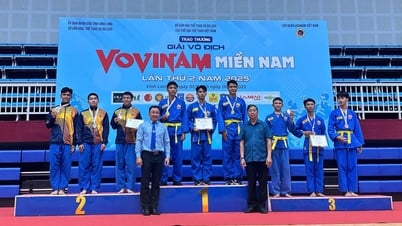









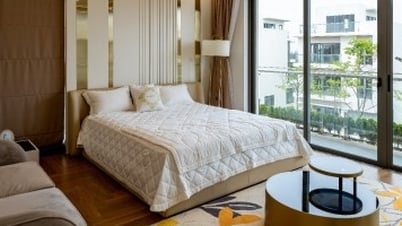
























































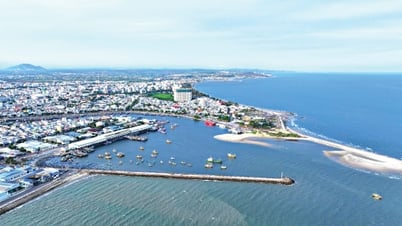













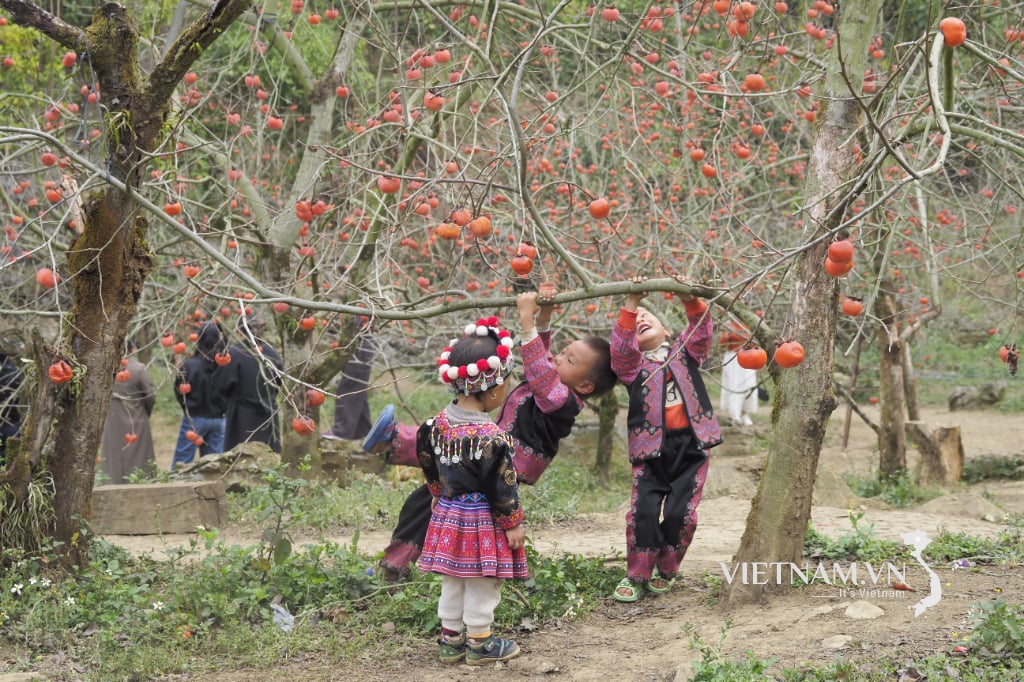

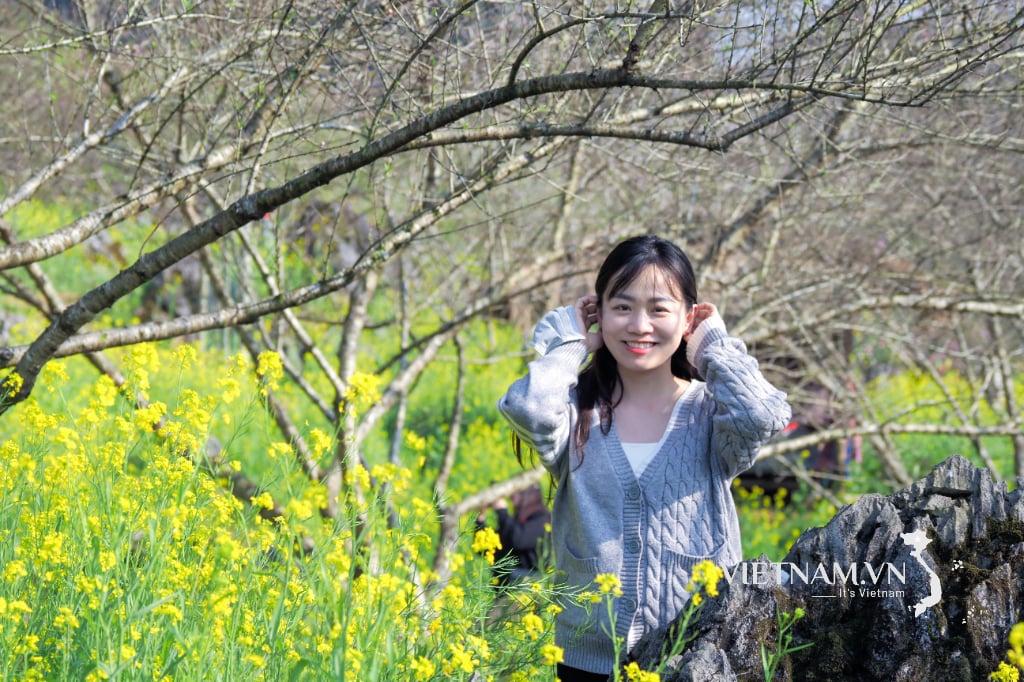
Comment (0)